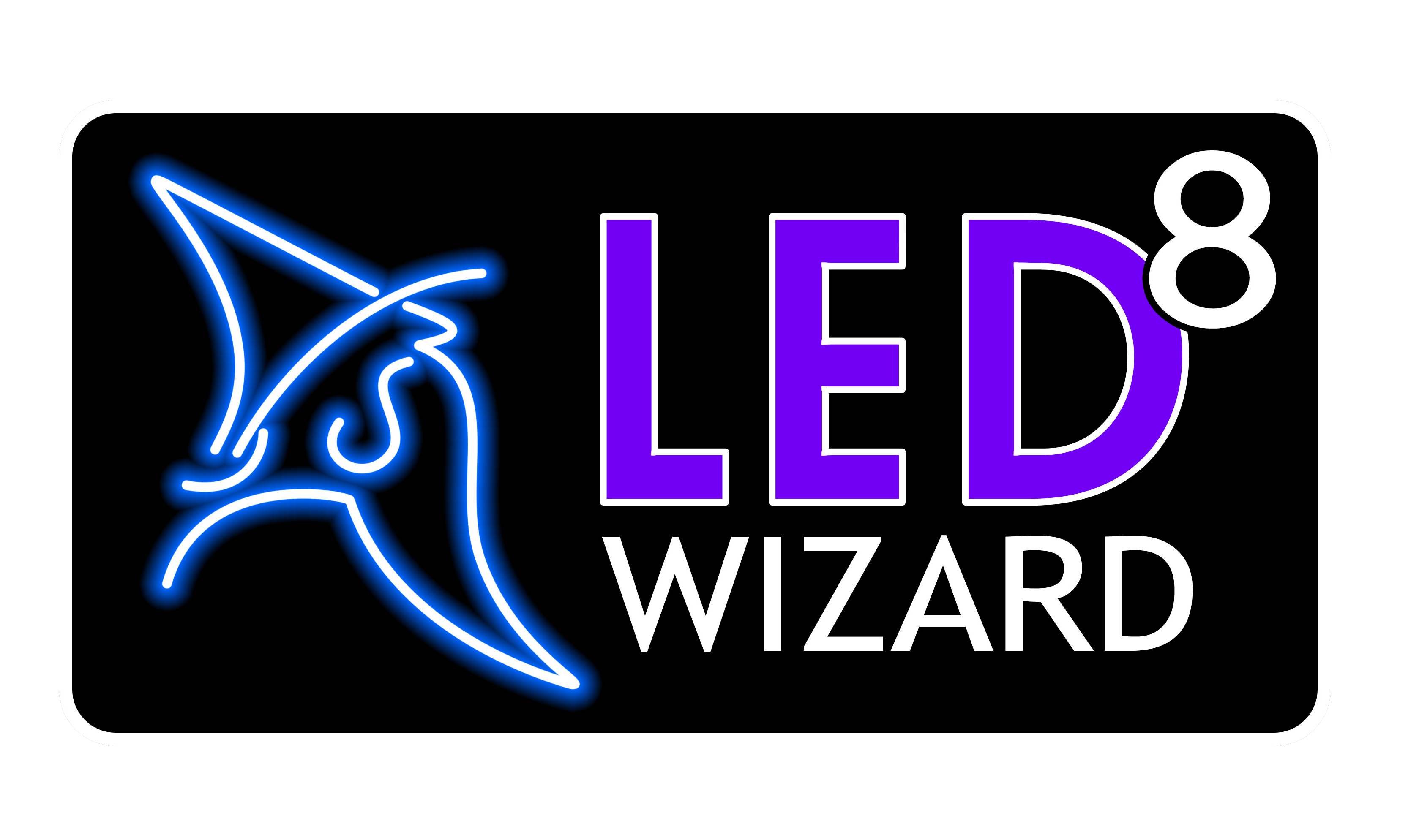Snap Angle
The "Snap Angle" will determine how many degrees from perfectly horizontal or vertical a vector's endpoint must be for it to "snap" to a perfectly horizontal or vertical position. This only applies if you have the Auto Squaring feature enabled.
Tangency
This setting is in degrees and determines when the tangency indicator will appear when vector editing. For example, if Tangency is set to 4 degrees, any consecutive arcs and lines that are within 4 degrees of perfect tangency will show the tangency indicator (a cross mark) at their common point. If the tangency error is greater than the Tangency setting, a small black box is drawn at the common point.
Proximity
The Proximity setting is used for selecting vectors. If you have a value of 6, the program will look 6 pixels in every direction for the closest vector, then select that vector for your editing.
Units of Measure
These two options specify the units of measure used throughout the LED Wizard.
Curve Resolution - Arcs
This option allows you to specify how ?smooth? or "coarse" the displayed arcs appear. This affects the display only and does not affect plotting. Using a high setting such as 10 will result in faster operation when dealing data that contains many arcs (such as the Baskerville font). The minimum setting is 1. You may, however, notice that arcs are not broken down into very many segments (chords) if you zoom in very tight on a character making it look ?chunky?, but this will not appear in the final plot.
Curve Resolution - Beziers
This option allows you to specify how ?smooth? or "coarse" the displayed Bezier curves appear. This does not effect plotting. The maximum setting, which gives the smoothest curves, is 50. Using a low setting such as 8 will result in faster operation when dealing with data that contains many Bezier curves. You may, however, notice with a low setting that curves appear ?chunky? because they are not broken down into very many segments, especially when you zoom in very tight on a character, but this will not appear in the final plot.
Number of Threads to Use
Enter the number of threads to use in multithreaded operations.
Reset to Factory State
This copies the factory data files to the AppData folder for LED Wizard 8.
Repair Data Files
This will copy any missing data files to the AppData folder for LED Wizard 8.
Repair Toolbox
This will restore the toolbox to the factory state in case the toolbox doesn't appear or otherwise needs to be repaired. Restart after this. If the large colored icons still don't appear, but instead you see much smaller icons, go to View | Toolbox | LED Wizard to select the LED Wizard configuration.
 LED Wizard 8 Documentation
LED Wizard 8 Documentation
 LED Wizard 8 Documentation
LED Wizard 8 Documentation